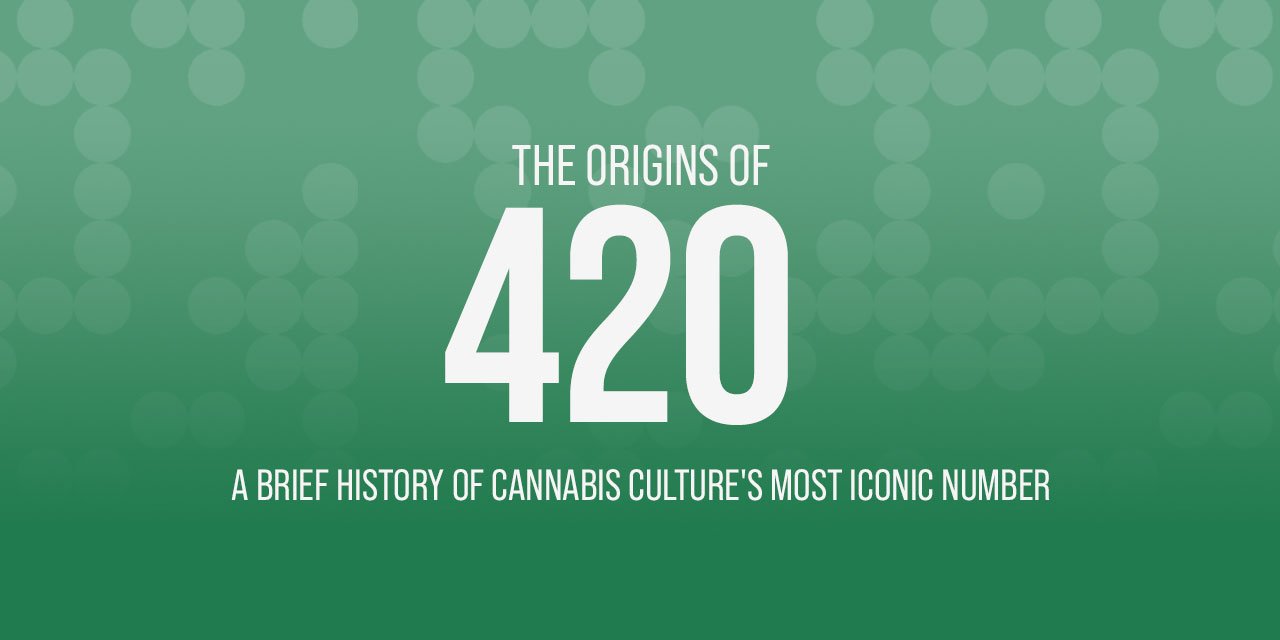The Origins of 420
A Brief History of Cannabis Culture's Most Iconic Number
420 is one of the most well-known and celebrated numbers in cannabis culture, and has become synonymous with the plant itself. But where did this iconic number come from? The origins of 420 are shrouded in mystery, but there are several theories as to how it came to be.
Debunking the Myth
One of the most popular theories is that 420 was originally police code for "Marijuana Smoking in Progress". This theory has been widely debunked, as there is no evidence to suggest that any police department has ever used this code. It's likely that this theory came about as a way to explain the origins of 420 to those who may not be familiar with cannabis culture.
Another theory is that 420 was the number of chemical compounds in cannabis. While there are certainly many chemical compounds in cannabis, this theory is also unlikely to be true. The number of compounds in cannabis varies depending on how you count them, and there is no evidence to suggest that anyone ever counted exactly 420 compounds.
The Accepted Theory
The most widely accepted theory as to the origins of 420 is that it was first used by a group of high school students in San Rafael, California in the early 1970s. The students, who called themselves "The Waldos", would meet at 4:20pm to smoke cannabis after school. They would often use "420" as a code word to refer to their cannabis use, and the term eventually spread throughout their school and beyond.
The Waldos are said to have used "420" as a code word for several reasons. Some sources say that they chose it because it was the time they would meet to smoke, while others suggest that it was the number of a nearby statue that they would meet at. Regardless of the origin, the term "420" soon became synonymous with cannabis culture, and is still widely used today.
Over time, 420 has come to represent more than just a time or code word for cannabis use. It has become a symbol of cannabis culture, and is celebrated every year on April 20th (4/20) with festivals, concerts, and other events. While the origins of 420 may be shrouded in mystery, its significance in cannabis culture is undeniable.
The Spread of the Code
The use of 420 as a code word for cannabis quickly spread beyond The Waldos and their high school. In the 1970s, a group of Grateful Dead fans began using the term, and it eventually made its way into the band's lyrics and merchandise. The Grateful Dead's popularity helped to spread the term even further, and it soon became a part of mainstream cannabis culture.
In the decades since its inception, 420 has taken on a life of its own. It has become a symbol of cannabis culture, and is recognized around the world as a reference to the plant. The significance of 420 has even been recognized by governments and businesses. In 2017, the California State Legislature passed a resolution recognizing April 20th as "National Weed Day" in the state. Similarly, many cannabis dispensaries and businesses use 420 in their branding and marketing.
Despite its widespread use, some people still remain unaware of the origins of 420. In fact, a 2014 survey found that only 38% of Americans knew the meaning behind the term. Nevertheless, the significance of 420 continues to grow, and it remains an important part of cannabis culture.
Today, 420 is celebrated in a variety of ways. Some people choose to smoke cannabis at 4:20pm on April 20th, while others attend festivals or concerts. The first 420 rally was held in San Francisco's Golden Gate Park in 1991, and since then, similar events have been held around the world. In addition to its celebratory aspects, 420 is also seen as a day for activism and advocacy, with many people using the occasion to call for cannabis legalization or to protest the ongoing War on Drugs.
In conclusion, the origins of 420 may be shrouded in mystery, but its significance in cannabis culture is undeniable. From its humble beginnings as a code word among high school students to its current status as a global symbol of the plant, 420 has become a cultural touchstone. As cannabis continues to gain acceptance and recognition around the world, it's likely that 420 will remain an important part of the plant's culture for years to come.

